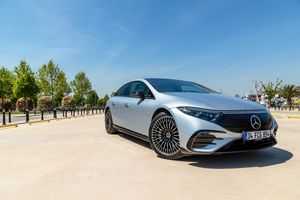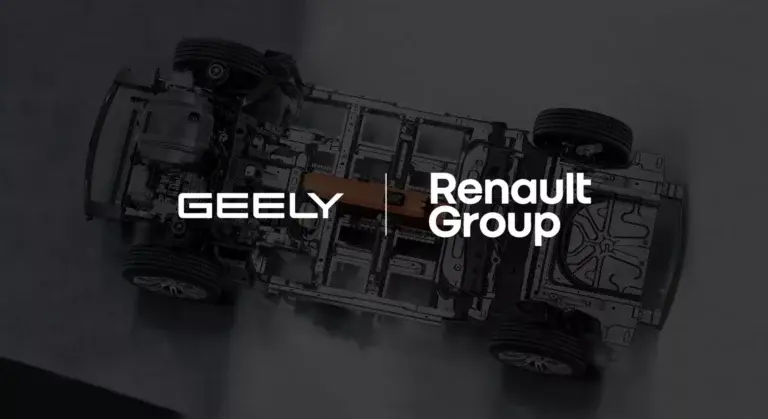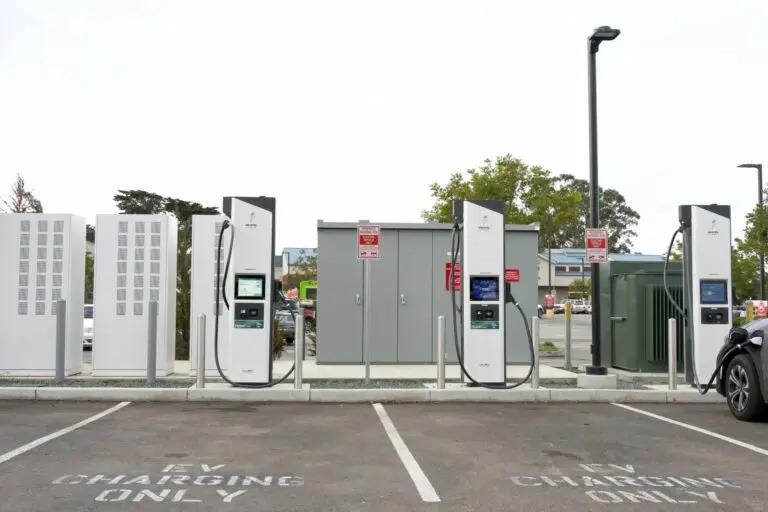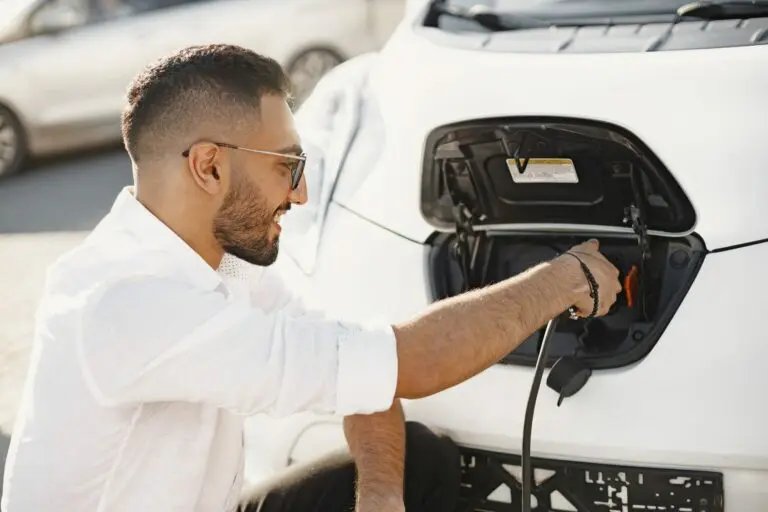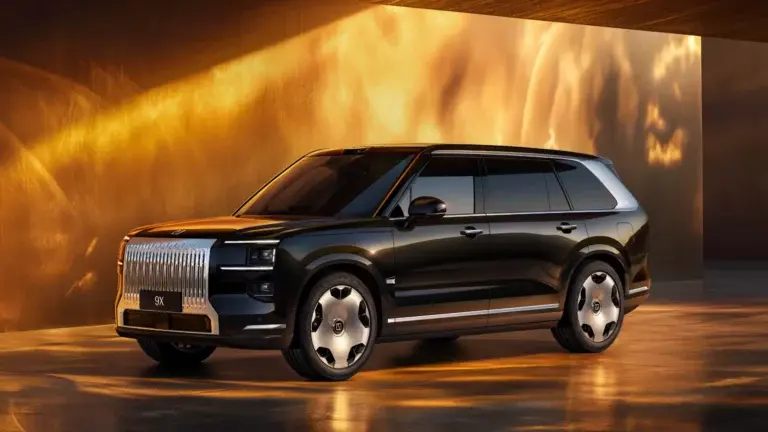Mercedes is preparing an unprecedented offensive with 32 new models between 2026 and 2027, half of which will be 100% electric. This marks a strategic shift for the German manufacturer as it seeks to revive its commercial momentum and catch up with the competition.
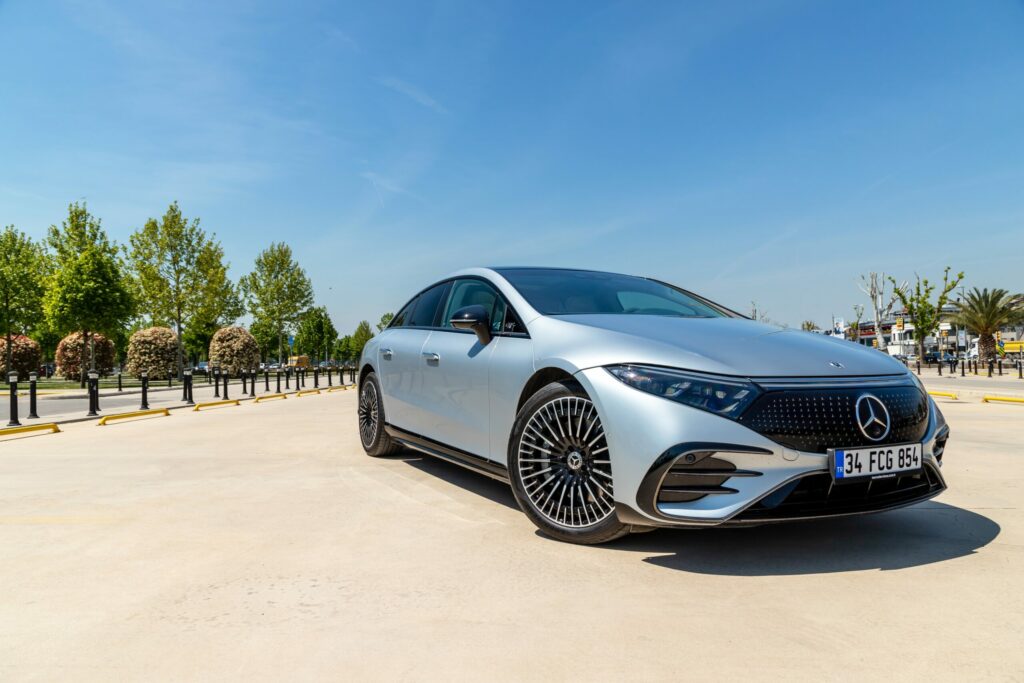
A response to falling sales
Mercedes is going through a difficult period, with sales down by 3% in 2024 and 6.2% in the first half of 2025. To reassure its investors and counter the rise of Tesla and Chinese brands, the manufacturer is betting on the most ambitious product plan in its history.
From 2026, 18 models will be launched, followed by a further 14 in 2027. Of these, 15 will be 100% electric vehicles, across all segments.
Electrification across the range
Mercedes is planning a complete overhaul of its range. At entry level, the new GLA, GLB and CLA Shooting Brake will be offered in both internal combustion and electric versions.
At the heart of the range, the brand is preparing an electric GLC (presented at the Munich Motor Show 2025) and a zero-emission C-Class, both based on the new MB.EA platform.
The top of the range is not to be outdone, with ten launches planned, including a restyled EQS, a new small electric G-Class, and an electric version of the AMG GT 4-door.
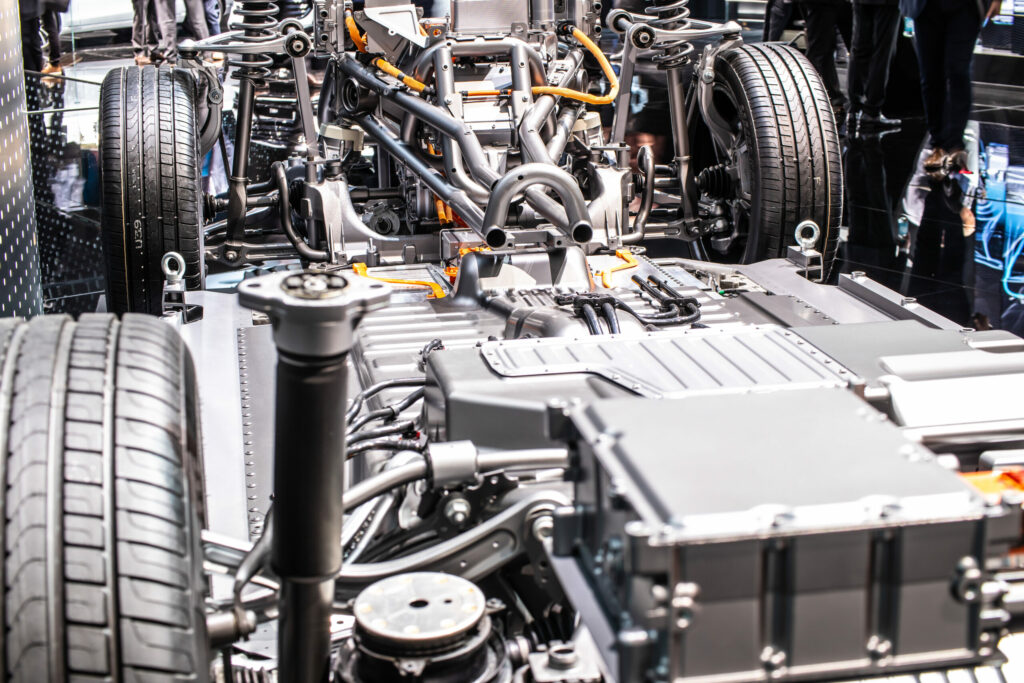
End of the EQ range announced
Mercedes is also planning to rethink its design approach. The aesthetic differences between combustion and electric models will disappear, marking the gradual end of the EQ range. Eventually, all vehicles will share the same styling language, whatever their engine.
AMG enters the electric era without abandoning the V8
The AMG sports division will accompany the transition with new electric models, including a high-performance SUV and a saloon derived from the GT XX concept. At the same time, Mercedes has confirmed the return of the naturally-aspirated V8 from 2027, which will remain in the catalogue « until the middle of the next decade ».
A strategic shift, but not a break with the past
Contrary to its earlier plans, Mercedes will not be phasing out combustion engines in 2030. The manufacturer prefers to use a mix of technologies, in response to the diversity of markets and geopolitical uncertainties.
With this dual strategy – ambitious electrification and the retention of combustion engines – Mercedes hopes to regain ground in a premium market that is more competitive than ever.

